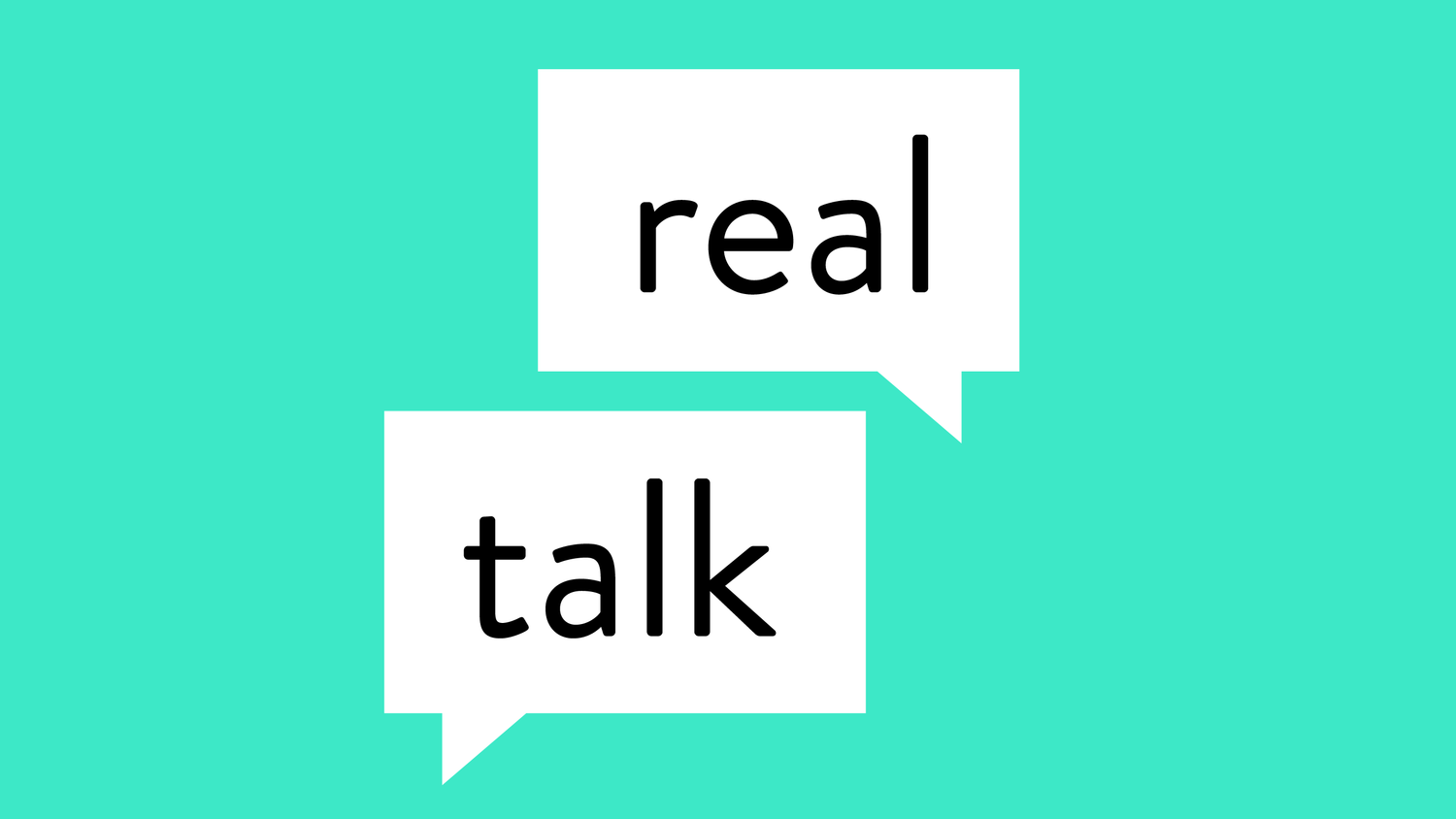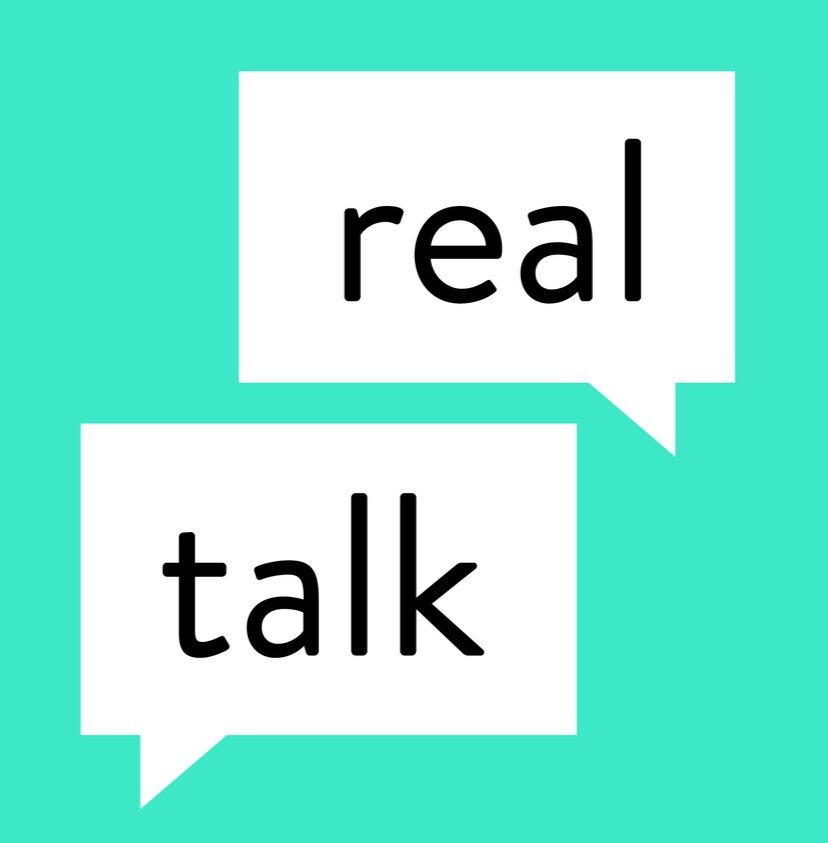Sex Ed at your Fingertips
MyHealthEd, Inc., in collaboration with Power to Decide, Child Trends, and Healthy Teen Network, has successfully completed the first cycle of our rigorous evaluation of the Real Talk app! Our team has been busy working on this study, and we are thrilled to share some updates on our progress.
Introducing the SafeSpace app
To evaluate Real Talk’s innovative use of youth stories as part of a comprehensive sex education intervention, without disrupting current user’s access to Real Talk, our team developed a new app called SafeSpace. SafeSpace aims to build health literacy and fill gaps in youths’ sexual and reproductive health knowledge. SafeSpace is a self-paced 10-week program containing youth-generated stories, medically accurate and youth friendly information, reputable resources, and knowledge application activities on a variety of topics related to adolescent development and wellbeing. New lessons are released weekly and cover healthy relationships, identity, sexual and reproductive health, communication and decision making, and accessing healthcare services.
SafeSpace Participants
We previously shared our approach to designing the enrollment procedure for this study and are pleased to report its success so far. Youth who see our ads on social media platforms like Instagram and TikTok are directed to download the SafeSpace app. Once in the app, they take a brief eligibility screener survey. Those who meet the study criteria can then complete the consent and enrollment forms, followed by a baseline survey. After the survey, participants are able to begin engaging with the SafeSpace curriculum and browse through the app.
The collaboration between our partners on this project has resulted in steady enrollment since we launched in June 2023. Our partners at Healthy Teen Network have done a phenomenal job navigating best practices for advertising sex education programs on social media (you can read more about their work in this blog post).
We are happy to announce that as of June 2024, we have enrolled over 600 young people! Participants are predominantly Black and Latinx, between the ages of 17-18 years old, and identify as LGBTQ+.
Recruitment is ongoing until we reach our goal of enrolling 1,000 young people. Until then, we are conducting continuous quality improvement to ensure the SafeSpace app, our study procedures, and communication strategies result in a positive experience for participants.
What we’ve learned from participants, so far
In order to understand participants’ experience, MyHealthEd staff began conducting user experience interviews in March 2024. We met with eight youth who completed the program to gain insight into how participants feel about the program. Through these conversations, we learned which aspects of the app they appreciated and the type of enhancements that would help to improve the program. These interviews will also inform the next steps we take with the app in terms of technological modifications, dissemination, and more.
SafeSpace Strengths
In terms of the technology and usability, participants found the app to be user-friendly with minimal bugs or challenges and noted that the design was aesthetically pleasing. They also considered the enrollment process short and easy to navigate.
With respect to the program content, participants appreciated being able to learn from their peers through the stories in each lesson. Supporting prior research, they also liked that the stories are presented in a text messaging format, as it made the content engaging, easy to follow, and digestible. They shared that the short-form content and connection of key facts to the stories helped them to learn more about the topics without it feeling like homework.
Each SafeSpace lesson includes a prompt related to the topic and gives participants the opportunity to express their thoughts and opinions on the matter. During the interviews, participants referenced these reflections as a safe space to speak candidly without fear of judgment or embarrassment.
The sense of privacy the app provided to users was a recurring theme among youth we interviewed. They noted that they were able to learn about sensitive topics regarding sexual and reproductive health and reflect on the topics in their own comfortable environment. Participants noted that they may have felt less comfortable with these topics in an in-person setting, hindering their comprehension of the material.
“I think that’s good to reflect on because when people come from unhealthy backgrounds and stuff, it’s like we only know what we’re taught and we see other things but we don’t always know the facts. So being able to do that and then reflect on it and knowing that it’s not going to be shared with anybody feels relieving. It’s scary for me to even write in a journal because I’m afraid of somebody opening it. [SafeSpace] gives you that privacy.”
Users also enjoyed being able to look through all their reflection entries at the end of the program to see what they learned and how they grew throughout the ten weeks.
Regarding the program format, participants appreciated that the app was self-paced and could be used at their convenience. The lack of deadlines also eliminated the sense of urgency felt with other educational or academic lessons.
“I do prefer to go about things without instructors. Typically, I like to self-manage and [SafeSpace] gave me something to do in my free time, something to read up on before I was going to sleep or while I was waiting for a friend to come pick me up.”
Lastly, we were thrilled to hear that some youth felt inspired to share what they had learned from the SafeSpace app with family and friends.
“I definitely talked about it with my mom and she gave me more insight and it was just really good…My mom is more old school, so at first she’s like, ‘oh, you don’t need to be using that’ but [after giving her an article to read] she saw it was actually something good. She liked it because not only was I able to [give] my opinion, but it was informative and it gave me prevention-first stuff, like problems that we face and solutions.”
Suggestions for Improvement
The user experience interviews also served as an opportunity for us to learn which aspects of the app and program were less enjoyable. In talking to youth, we asked for their suggestions on what more they would like to see in the SafeSpace app.
In addition to ideas for more topics, such as more mental health support and social media and internet safety, participants expressed a desire to add features to increase accessibility and functionality. Suggestions included creating a dark mode setting, adding a read-aloud option for stories and facts, more gamification to indicate their progression through the program, and allowing a voice note option for reflections.
“A dark mode would be nice because a lot of people are not super fond of light applications, especially now. So I feel like a dark mode where it was more black and blue instead of like white and blue would be nice. It makes it feel less clinical and more welcoming, I’d say.”
Based on this feedback, we have already begun implementing some of the suggestions with the addition of a dark mode option and are excited to release it to users soon!
Looking Ahead
One of the challenges of implementing a completely digital, asynchronous intervention is the lack of human connection and real-time feedback. However, user experience interviews have provided us with a great deal of valuable information. Hearing from youth directly helps to reaffirm the importance of the innovative work we are doing to reach young people from various backgrounds.
We are committed to creating and maintaining a positive experience for users throughout the duration of the study.
Stay tuned for more updates from the SafeSpace team coming soon!
-Marisa, Brittany, & Bajha








